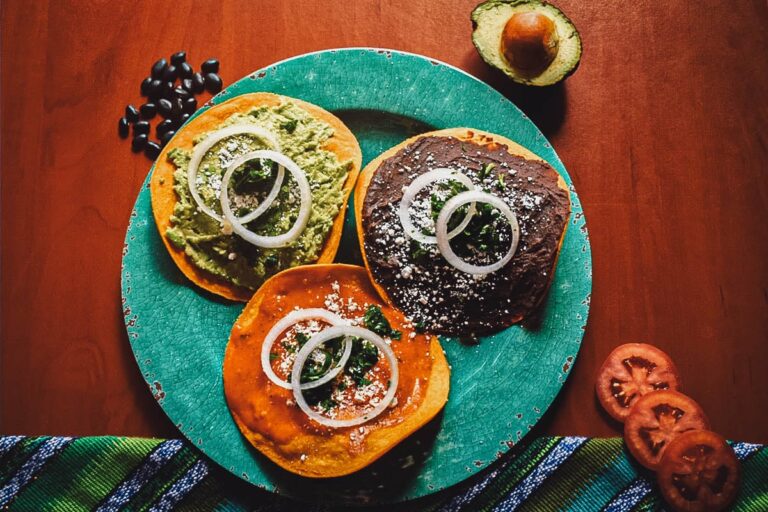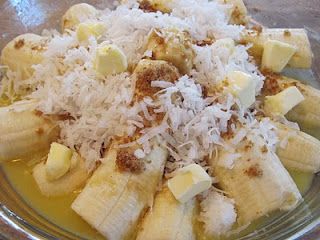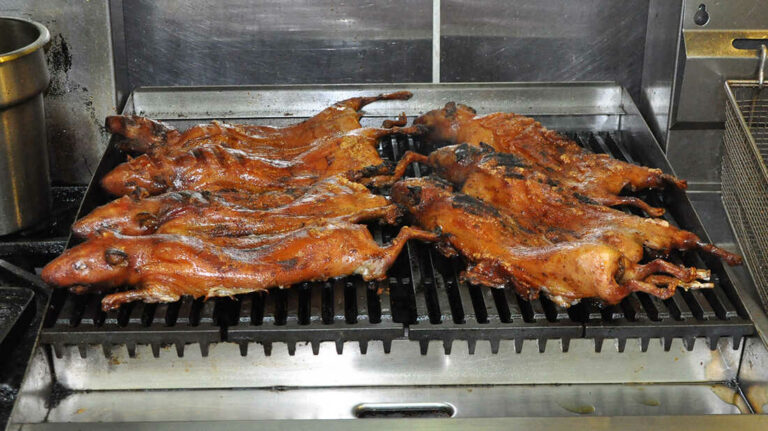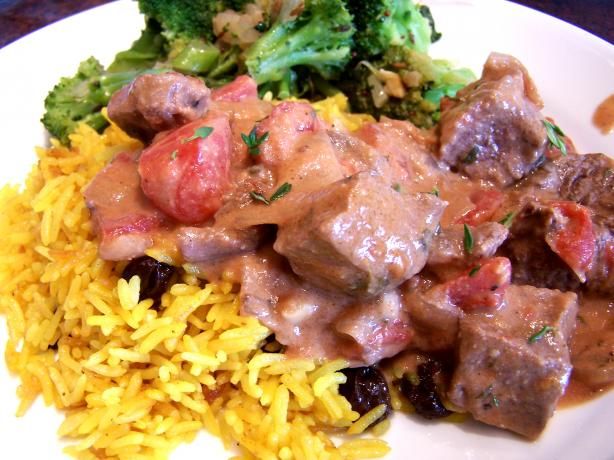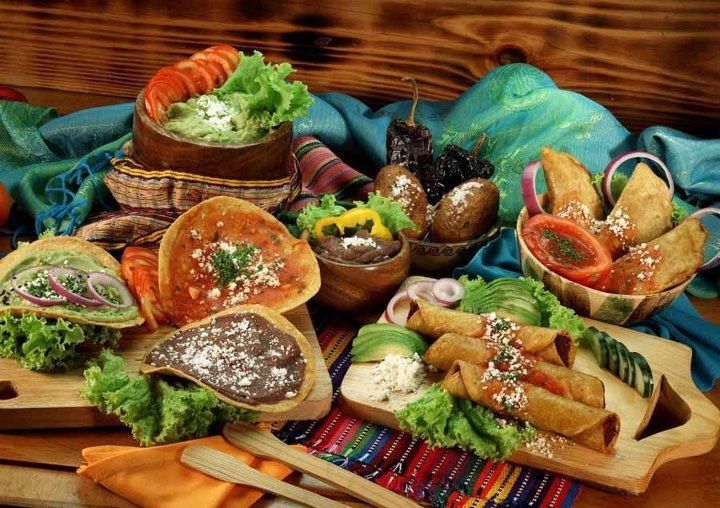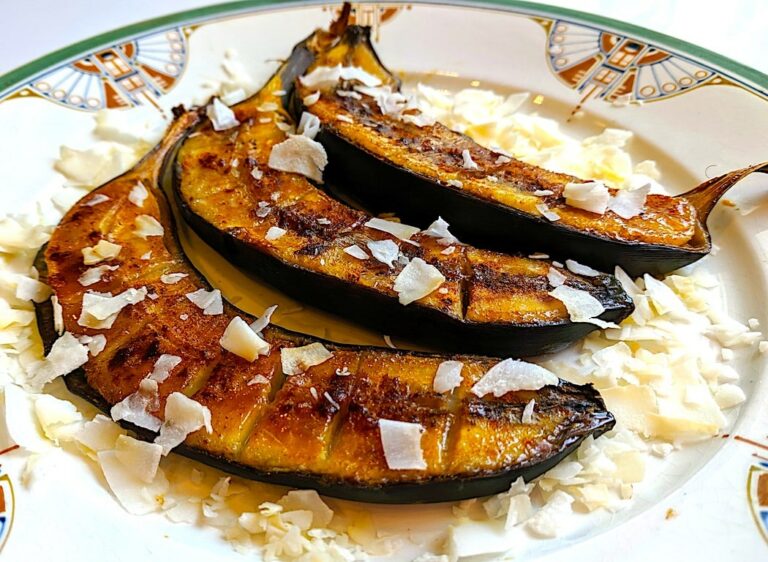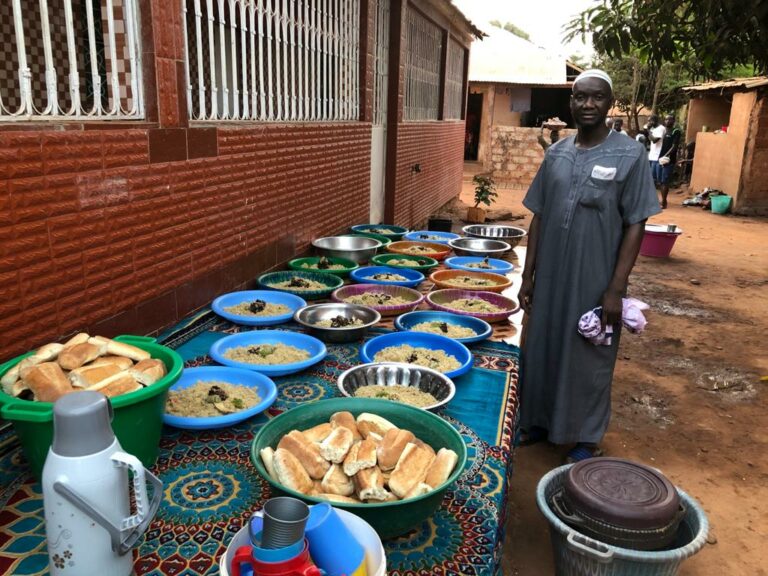Introduction: Guatemalan Beverages
Guatemala is a country rich in culture, history, and tradition. Its gastronomy is no exception, and the variety of beverages available is a testament to that. Traditional drinks in Guatemala are an essential part of daily life, and they reflect the country’s indigenous and colonial roots. These drinks are not only refreshing, but they also provide a glimpse into Guatemalan society’s customs and beliefs.
Traditional Non-Alcoholic Drinks
Guatemala’s traditional non-alcoholic drinks are a source of pride for the country. They are prepared with natural ingredients like corn, rice, and fruits, and they have been enjoyed for generations. One such drink is horchata, a sweet and creamy drink made with rice, cinnamon, and vanilla. Another popular drink is jamaica, made with hibiscus flowers, sugar, and water, it is served cold and has a tangy flavor.
Chicha: A Sweet and Spicy Brew
Chicha is one of the oldest and most widely consumed traditional drinks in Guatemala. It is a sweet and spicy brew made from corn and flavored with cinnamon, cloves, and sugar. Chicha is typically served at family gatherings and celebrations, and it is believed to have medicinal properties. It is a fermented drink, so it does contain a small amount of alcohol, but it is not considered a strong drink.
Atol: A Popular Corn-Based Drink
Atol is a hot, thick drink made from corn flour, milk, cinnamon, and sugar. It is a popular breakfast drink in Guatemala and is often paired with tamales or bread. Atol comes in different flavors, including chocolate, strawberry, and vanilla. It is a comforting and nutritious drink, and it is said to have originated from the Maya civilization.
Pinol: A Nutritious Energy Booster
Pinol is a nutritious and energy-boosting drink made from roasted cornmeal. It is mixed with water or milk and sweetened with sugar or honey. It is a hearty drink that is often consumed by farmers or laborers as it provides sustained energy throughout the day. Pinol can also be eaten as a porridge, and it is a staple food in many Guatemalan households.
Alcoholic Drinks: Cerveza Gallo and Quetzalteca
Cerveza Gallo is the national beer of Guatemala and is a favorite among locals and tourists alike. It is a pale lager with a mild flavor and is often served chilled. Quetzalteca is a popular liquor made from sugar cane and is often consumed as a shot or mixed with soda. It has a sweet and smooth taste and is considered a strong drink. These alcoholic beverages are enjoyed in moderation and are often part of celebrations or social gatherings.
In conclusion, traditional Guatemalan drinks are a unique and important part of the country’s culture. They are enjoyed by people of all ages and are a reflection of the country’s history and traditions. Whether you prefer a sweet and spicy chicha or a refreshing horchata, there is a drink for everyone in Guatemala.

